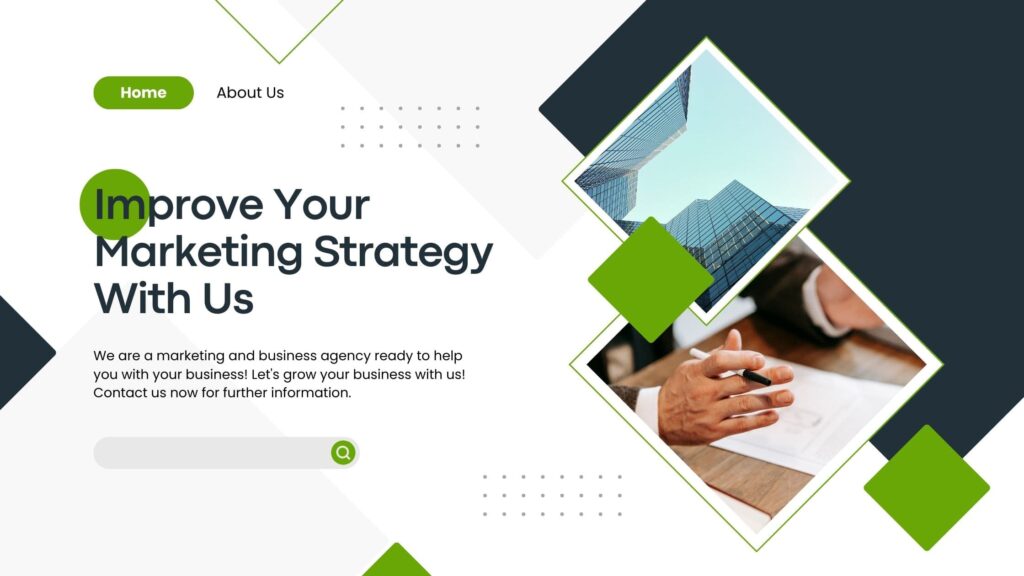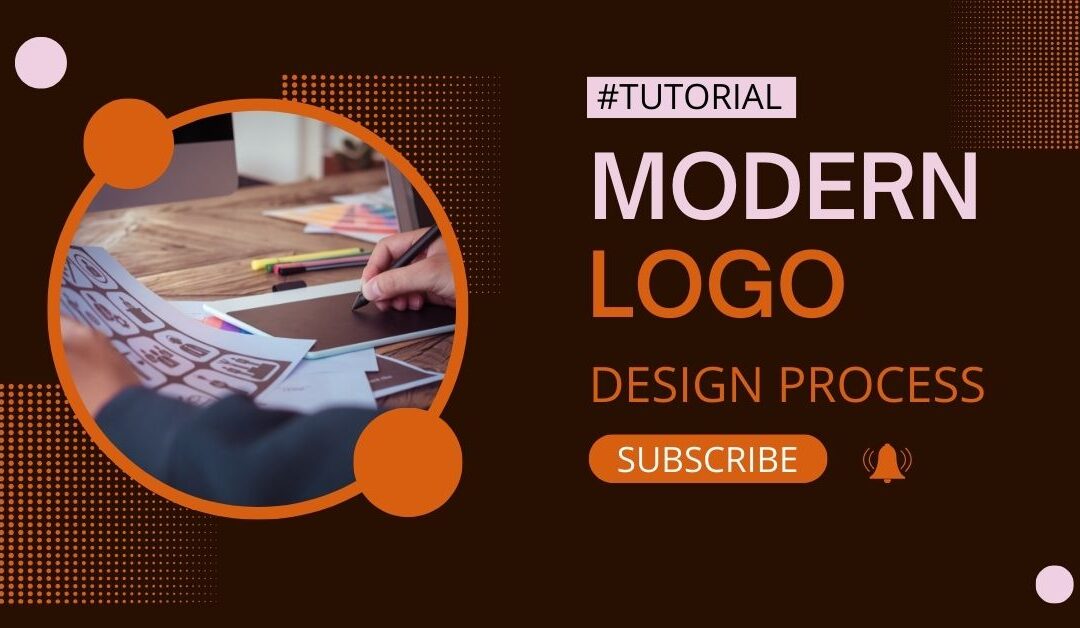
10 Essential Design Concepts to Elevate Your Creative Process
Are you a creative professional seeking to take your design process to new heights? Look no further! In this article, we’ll explore 10 essential design concepts that will elevate your creativity and help you create stunning visuals.
From color theory to typography principles, this comprehensive guide covers all aspects of design that are crucial to master. Whether you’re a graphic designer, web developer, or a marketing professional, these concepts will provide you with a solid foundation to enhance your work.
With a focus on practicality, each concept is explained in a simple and easy-to-understand manner. You’ll learn how to effectively use negative space, create visually appealing compositions, and use contrast to make your designs pop. Additionally, we’ll delve into the psychology of color and how it can influence the perception of your designs.
Through implementing these design concepts, you’ll be able to create visuals that not only engage and captivate your audience but also effectively convey your message. So, let’s dive in and start elevating your creative process today!
Importance of Design in the Creative Process
Design plays a vital role in the creative process, regardless of the industry you work in. Whether you’re a graphic designer, web developer, or a marketing professional, understanding and applying design principles can significantly enhance your work.
Design is not just about making things look visually appealing; it’s about effectively communicating your message. A well-designed piece can capture attention, evoke emotions, and create a memorable experience for your audience. It has the power to convey complex ideas in a simple and visually engaging manner.
By embracing design in your creative process, you can differentiate yourself from competitors and make a lasting impression. Design thinking allows you to approach problem-solving in a holistic and user-centric way, ensuring that your final product or service meets the needs and expectations of your target audience.
To achieve this, it’s essential to grasp the fundamental design concepts that form the building blocks of any visually captivating piece. Let’s dive into these concepts and discover how they can elevate your creative process.

Color Theory and Its Impact on Design
Color is one of the most powerful tools in a designer’s arsenal. It has the ability to evoke emotions, set the mood, and communicate messages without the need for words. Understanding color theory is crucial for creating harmonious and visually appealing designs.
Color theory encompasses various principles, such as the color wheel, color harmony, and color psychology. The color wheel is a visual representation of the colors in the spectrum, organized in a circular format. It helps designers understand the relationships between colors and how they can be used together effectively.
Color harmony refers to the pleasing combination of colors in a design. It can be achieved through various techniques, such as complementary colors (colors opposite each other on the color wheel) or analogous colors (colors adjacent to each other on the color wheel). By using harmonious color combinations, you can create a sense of balance and unity in your designs.
Color psychology studies how different colors can influence human emotions and behavior. For example, warm colors like red and orange can create a sense of energy and excitement, while cool colors like blue and green can evoke feelings of calmness and tranquility. Understanding the psychological impact of colors can help you convey the desired message and elicit the desired response from your audience.
Incorporating the principles of color theory into your design process allows you to create visually cohesive and impactful designs. Experiment with different color combinations, consider the emotions you want to evoke, and use color strategically to guide the viewer’s attention.
Typography and Its Role in Visual Communication
Typography is more than just selecting like blue and green can evoke feelings of calmness and tranquility. Understanding the psychological impact of colors can help you convey the desired message and elicit the desired response from your audience.
Incorporating the principles of color theory into your design process allows you to create visually cohesive and impactful designs. Experiment with different color combinations, consider the emotions you want to evoke, and use color strategically to guide the viewer’s attention.
Typography and Its Role in Visual Communication
Typography is more than just selecting a font for your design; it’s a powerful means of visual communication. The right choice of typography can enhance the overall aesthetic of your design and improve readability, ensuring that your message is effectively conveyed.
When choosing a font, consider its legibility, readability, and appropriateness for the context and target audience. Different fonts have different personalities and evoke different emotions. A playful script the overall composition of your typography. Balance the placement of headings, subheadings, and body text to create a visually pleasing and harmonious design. Experiment with different font pairings to add variety and interest to your typography.
By understanding the role of typography in visual communication and applying the principles of effective typography, you can elevate your designs and ensure that your message is clear and impactful.
Composition and Layout Principles
Composition and layout are fundamental aspects of design that determine how elements are arranged within a visual space. A well-composed design not only looks visually appealing but also guides the viewer’s eye and effectively communicates your message.
One of the key principles of composition is the rule of thirds. Imagine dividing your design space into a 3×3 grid, both horizontally and vertically. By placing important elements along these gridlines or at their intersections, you create a sense of balance and visual interest. This technique is often used in photography, but it can also be applied to other design disciplines.
Another important consideration in composition is the use of focal points. A focal point is the area of a design that draws the most attention. By strategically placing important elements or creating contrast, you can guide the viewer’s eye to the focal point and ensure that your message is effectively communicated.
Balance is another crucial aspect of composition. There are two types of balance: symmetrical and asymmetrical. Symmetrical balance involves arranging elements in a way that mirrors each other, creating a sense of stability and formality. Asymmetrical balance, on the other hand, involves creating balance through the careful placement of elements of different sizes, shapes, or colors. It can add dynamism and visual interest to your designs.
When it comes to layout, consider the hierarchy of information and the flow of content. Important information should be given prominence, while secondary information can be presented in a more subtle manner. Pay attention to the spacing between elements to ensure that the layout is visually balanced and easy to navigate.
By understanding and applying composition and layout principles, you can create visually engaging designs that effectively guide the viewer’s eye and communicate your message with clarity.
Understanding Balance, Contrast, and Harmony in Design
Balance, contrast, and harmony are essential principles that contribute to the overall visual impact and effectiveness of a design. Understanding how to achieve a balance between these elements is crucial for creating visually appealing and engaging designs.
Balance refers to the distribution of visual weight within a design. There are three types of balance: symmetrical, asymmetrical, and radial. Symmetrical balance involves arranging elements in a way that mirrors each other, creating a sense of stability and formality. Asymmetrical balance involves creating balance through the careful placement of elements of different sizes, shapes, or colors. Radial balance involves arranging elements around a central point, creating a sense of harmony and unity.
Contrast, on the other hand, involves the juxtaposition of different elements to create visual interest and emphasis. Contrast can be achieved through various means, such as using contrasting colors, sizes, shapes, or textures. It helps create visual hierarchy and guides the viewer’s eye to the most important elements of a design.
Design Concepts power in Current Environment
Harmony is the combination of different elements in a design to create a visually pleasing and cohesive whole. It involves using similar colors, shapes, or patterns to create a sense of unity and balance. Harmonious designsality. Asymmetrical balance involves creating balance through the careful placement of elements of different sizes, shapes, or colors. Radial balance involves arranging elements around a central point, creating a sense of harmony and unity.
Contrast, on the other hand, involves the juxtaposition of different elements to create visual interest and emphasis. Contrast can be achieved through various means, such as using contrasting colors, sizes, shapes, or textures. It helps create visual hierarchy and guides the viewer’s eye to the most important elements of a design.
Harmony is the combination of different elements in a design to create a visually pleasing and cohesive whole. It involves using similar colors, shapes, or patterns to create a sense of unity and balance. Harmonious designs are visually appealing and create a sense of order and coherence.
By understanding and applying the principles of balance, contrast, and harmony, you can create visually captivating designs that effectively communicate your message and engage your audience.

The Power of Negative Space in Design
Negative you can add depth, interest, and sophistication to your designs.
When incorporating negative space in your designs, consider the overall composition and balance. Too much negative space can make a design feel empty or disconnected, while too little can make it feel cluttered and overwhelming. Strike a balance that allows the elements to breathe and creates a visually pleasing design.
Utilizing Grids and Alignment for Effective Design
Grids and alignment are essential tools for creating visually pleasing and well-structured designs. They provide a framework that helps organize elements, create visual consistency, and improve the overall readability and usability of a design.
A grid is a system of horizontal and vertical lines that divide a design space into columns, rows, and modules. It helps establish a sense of order and structure, making it easier to align and arrange elements. Grids can be used in various design disciplines, such as graphic design, web design, and print layout.
Alignment refers to the positioning of elements in relation to each other or to a common axis. It helps create visual unity, hierarchy, and balance. Elements that are aligned share a common visual connection, making it easier for the viewer to navigate and understand the design.
By utilizing grids and alignment, you can create visually consistent and well-structured designs that are easy to read and navigate. They provide a solid foundation for your designs and ensure that the elements are organized in a visually pleasing and logical manner.
Incorporating Visual Hierarchy to Guide the Viewer’s Eye
Visual hierarchy is the arrangement and presentation of elements in a design to guide the viewer’s eye and emphasize important information. It helps create a sense of order, structure, and focus, ensuring that the message is effectively communicated.
Hierarchy can be established through various means, such as size, color, contrast, and placement. Important elements should be given prominence through larger sizes, brighter colors, higher contrast, or strategic placement. Secondary elements can be presented in a more subtle manner to avoid overwhelming the viewer.
Typography plays a crucial role in establishing visual hierarchy. By varying font sizes, weights, and styles, you can differentiate headings, subheadings, and body text, guiding the reader’s eye through the content. The use of whitespace and alignment also helps create visual hierarchy and organization.
When incorporating visual hierarchy in your designs, consider the order of importance and the flow of information. Guide the viewer’s eye from the most important elements to the least important, ensuring that the message is communicated clearly and effectively.
Applying the Principles of Usability and User Experience in Design
In today’s digital age, usability and user experience (UX) are key considerations in design. Usability refers to how easy and intuitive it is for users to interact with a design, while UX focuses on the overall experience and satisfaction of users.
To create designs that are both visually appealing and user-friendly, it’s important to consider the needs, goals, and preferences of your target audience. Conduct user research, gather feedback, and iterate on your designs to ensure that they meet the expectations and requirements of your users.
Usability can be enhanced through various means, such as clear navigation, intuitive user interfaces, and responsive design. Consider how users will interact with your design and ensure that it is easy to navigate, understand, and interact with.
User experience goes beyond usability and involves the emotional and psychological aspects of user interaction. Consider the emotions you want to evoke, the story you want to tell, and the overall experience you want to create for your users. By crafting a positive and memorable user experience, you can create designs that engage and delight your audience.
Incorporating the principles of usability and user experience in your design process ensures that your final product or service is not only visually appealing but also intuitive and satisfying for your users.
Conclusion
By mastering these 10 essential design concepts, you can elevate your creative process and create stunning visuals that engage and captivate your audience. From understanding color theory and typography principles to implementing composition and layout techniques, each concept plays a crucial role in the overall effectiveness of your designs.
Remember, design is not just about making things look visually appealing; it’s about effectively communicating your message. By embracing these design concepts and applying them in a practical and thoughtful manner, you can create visuals that not only captivate your audience but also effectively convey your message.
So, start incorporating these design concepts into your creative process today and take your designs to new heights!

